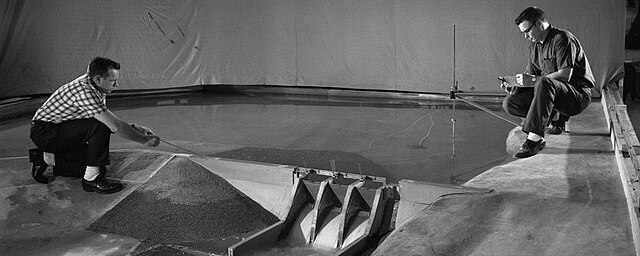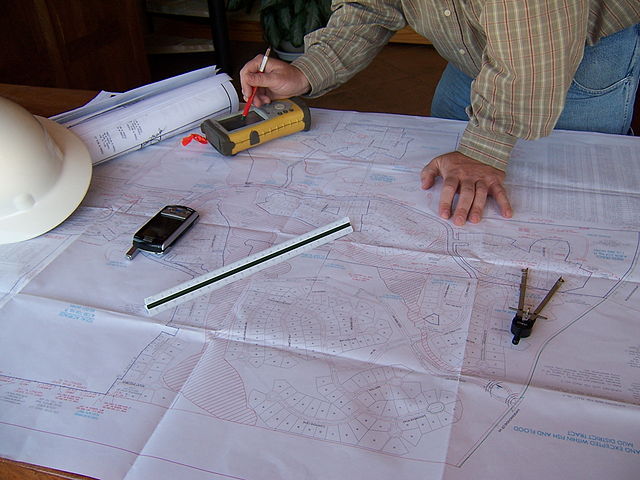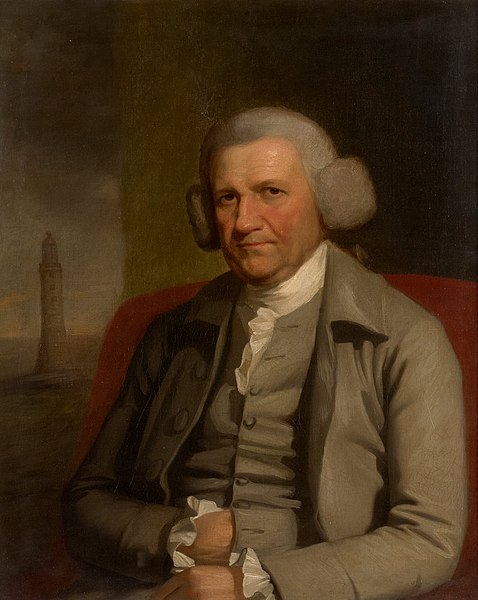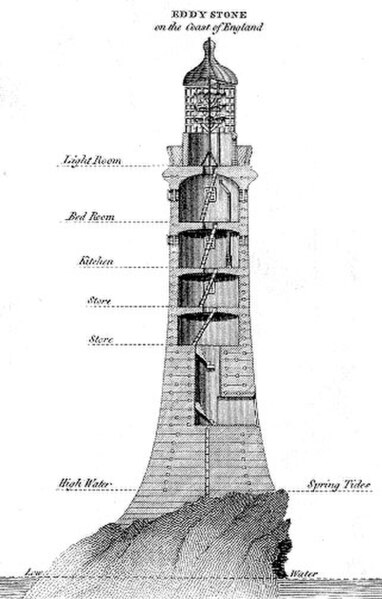A civil engineer is a person who practices civil engineering – the application of planning, designing, constructing, maintaining, and operating infrastructure while protecting the public and environmental health, as well as improving existing infrastructure that may have been neglected.
Tennessee Valley Authority civil engineers monitoring water flow on a scale model of Tellico Dam
While all civil engineers tend to spend at least some time working "on site", much of the modern civil engineering work is done in offices, working with plans or computers.
John Smeaton was a British civil engineer responsible for the design of bridges, canals, harbours and lighthouses. He was also a capable mechanical engineer and an eminent physicist. Smeaton was the first self-proclaimed "civil engineer", and is often regarded as the "father of civil engineering". He pioneered the use of hydraulic lime in concrete, using pebbles and powdered brick as aggregate. Smeaton was associated with the Lunar Society.
Smeaton, with the Eddystone Lighthouse in the background
John Smeaton by George Romney, 1779 (detail), National Portrait Gallery, London
Smeaton's Lighthouse
Cross section of the Eddystone Lighthouse showing the method of dovetailing






